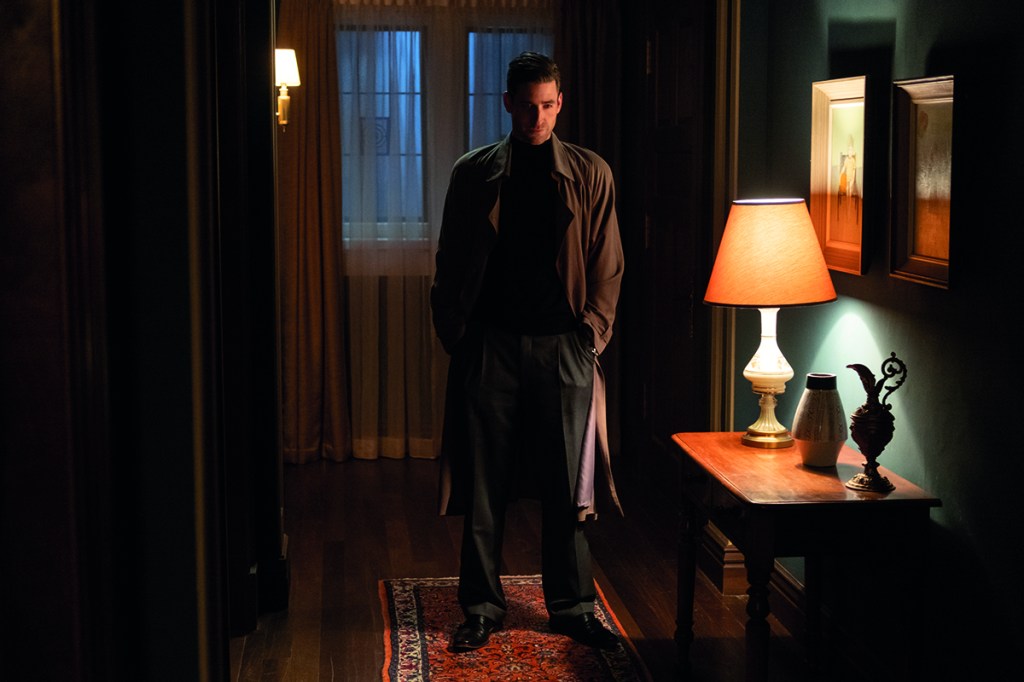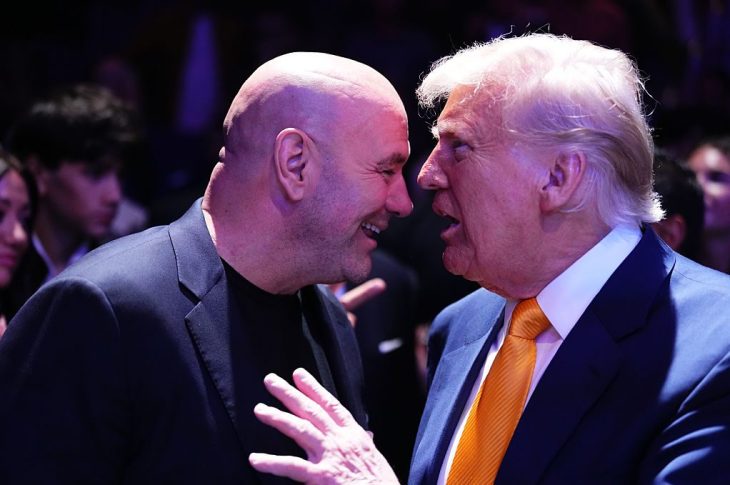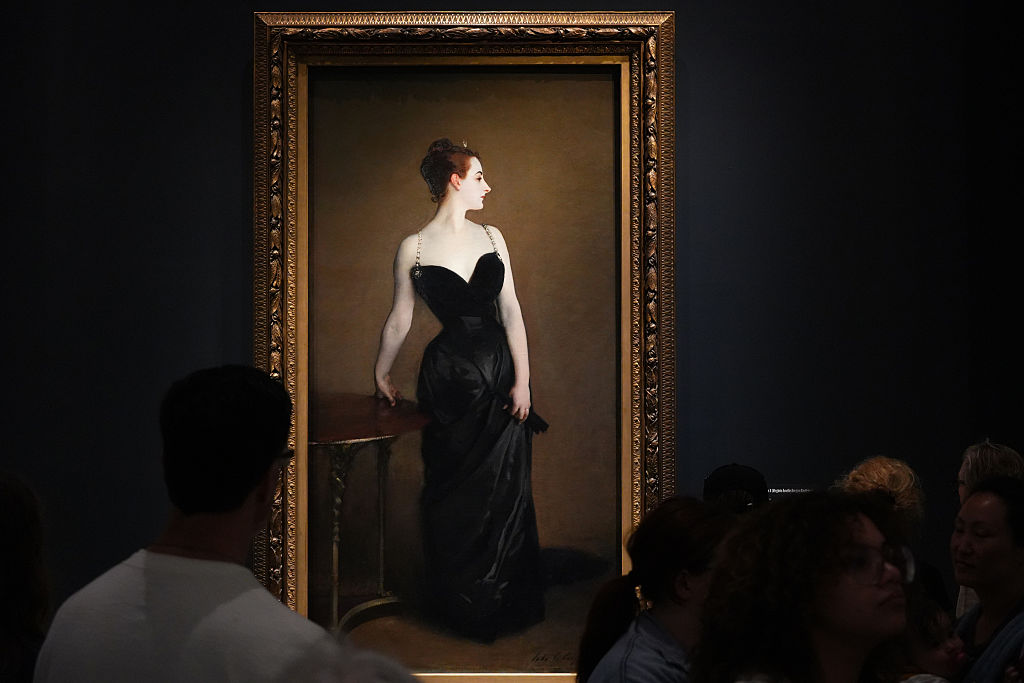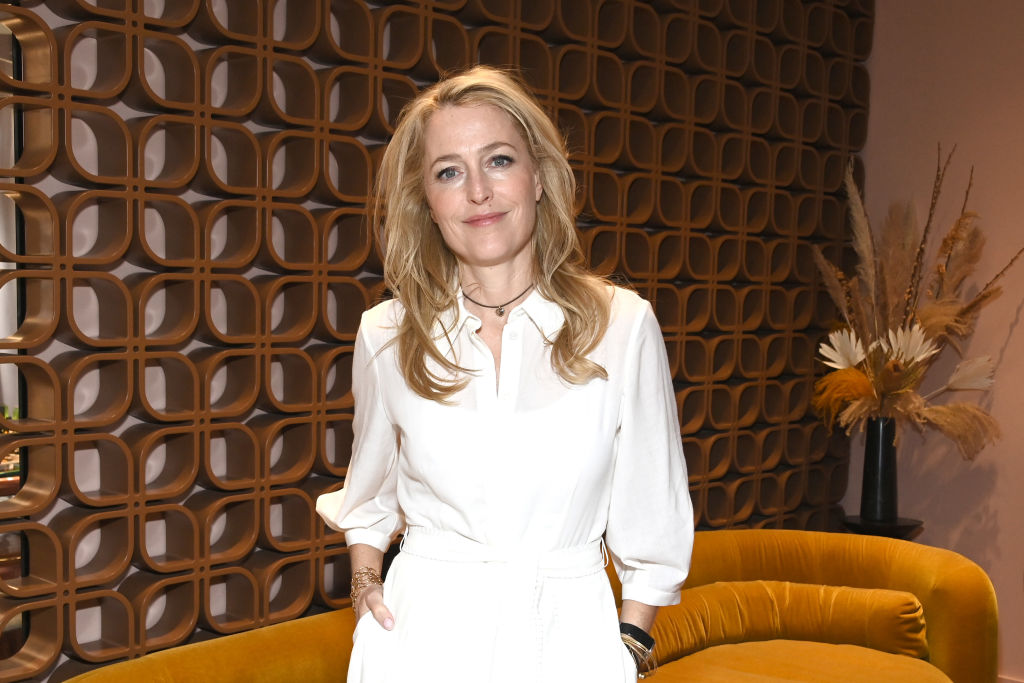Halloween wasn’t quite the same this year: no trick-or-treating or bobbing for apples, no packed parties, not even a socially distanced haunted house. As a lover of all things horror, I had to rely on television to put the spooky in the season.
Netflix’s new series The Haunting of Bly Manor is the sister show to last year’s wildly popular The Haunting of Hill House, created by Doctor Sleep’s Mike Flanagan. (Flanagan is also behind Hush, one of the smartest horror movies I’ve seen in a few years and definitely worth watching.)
Bly Manor is based loosely on Henry James’s uncanny novella The Turn of the Screw: a governess is convinced an estate is haunted by horrible ghosts that seek to corrupt the two children in her care. The fear in James’s book lies in the mystery. Are the ghosts real or merely a figment of her imagination? Are the children being ‘corrupted’ by sexual abuse or are they just averagely naughty? Bly Manor borrows names, places and minor plot points from Turn of the Screw but, much to its detriment, does away with its central thrill.
Dani, the young ‘governess’, must contend with demons from her own past, but there is no question that the ghosts she sees around Bly Manor are as real as can be. The children, Flora and Miles, use a dollhouse and talismans to track where the ghosts are, to protect the property’s residents. We might think these ghosts must be exceptionally terrifying to make up for the reduced role of psychological horror in the series, but that’s not the case. Most are too much like Bruce Willis in The Sixth Sense to scare, and even the less human-like lack a good creep factor.
The most frightening ghost, of an anonymous dead woman, is given a sympathetic backstory in the penultimate episode (based on another Henry James story, ‘The Romance of Certain Old Clothes’). That removes quite a bit of the lingering unease. If you’re hoping for a show that requires your cozy fall blanket be used to cover your eyes, you’d better skip this one. Flanagan claimed that Bly Manor would be ‘even scarier’ than Hill House, but he hasn’t turned the screw tight enough.
That’s not to say that Bly Manor isn’t entertaining. It borrows much of its cast from Hill House, and the acting is just as sharp as the first go-around, with the exception of Oliver Jackson-Cohen’s comically bad attempt at a Scottish accent. Victoria Pedretti charms as the poor, lost American girl who’s certainly smarter than she lets on. Henry Thomas completely steals the show with his dual portrayal of Lord Henry Wingrave — the children’s uncle and guardian — and Wingrave’s alter-ego, an ‘evil little shit with a shit-eating grin’ who mercilessly haunts him to the point of alcoholism. He’s far scarier than any of the manor’s ghosts. Newcomer Benjamin Evan Ainsworth, who plays little Miles, is just 12 but shows maturity beyond the awkward age when adopting more adult mannerisms.
To borrow a phrase from the show, Bly Manor is ‘perfectly splendid’. The characters are quite engaging, and learning their fate was one of the main motivations I had for pressing play on the next episode. The aesthetic choices were near-flawless, even if I still don’t understand why the show was set in the 1980s; Dani’s chunky knit sweaters and mom jeans were in perfect contrast to the dark mansion, and Peter Quint’s first appearance, picking up a freshly tailored shirt and stepping into a Rolls-Royce, belies his true nature and life circumstances.
Unfortunately, my expectations were too high from Hill House to feel anything but a bit disappointed at the series as a whole. Plot ‘twists’ were either woefully predictable or far too contrived. Viewers are constantly and unsubtly reminded that one character refused to eat, yet we’re supposed to be shocked when she is revealed to be dead. In order to avert a major spoiler, the production team avoids aging the main characters by technology or makeup, instead casting entirely different actors that look nothing like them. It felt less like a twist and more like deceit. Betrayal, it seems, was the name of the game. We’re told in the final episode that Bly Manor is better viewed as a ‘love story’ rather than a ‘ghost story’. It feels like a real stab in the back after you’ve clicked on a show about a ‘Haunting’.
Like most original Netflix programs over the past year, The Haunting of Bly Manor is enjoyable enough to spend a couple of evenings and a few glasses of wine with, but it’s not exactly masterful like Henry James or mind-bending like The Turn of the Screw. If you canceled your subscription over the streaming platform’s tacit endorsement of child abuse with the film Cuties, it’s certainly not worth renewing for a subpar ghost — er, love — story.
This article was originally published in The Spectator’s December 2020 US edition.

























